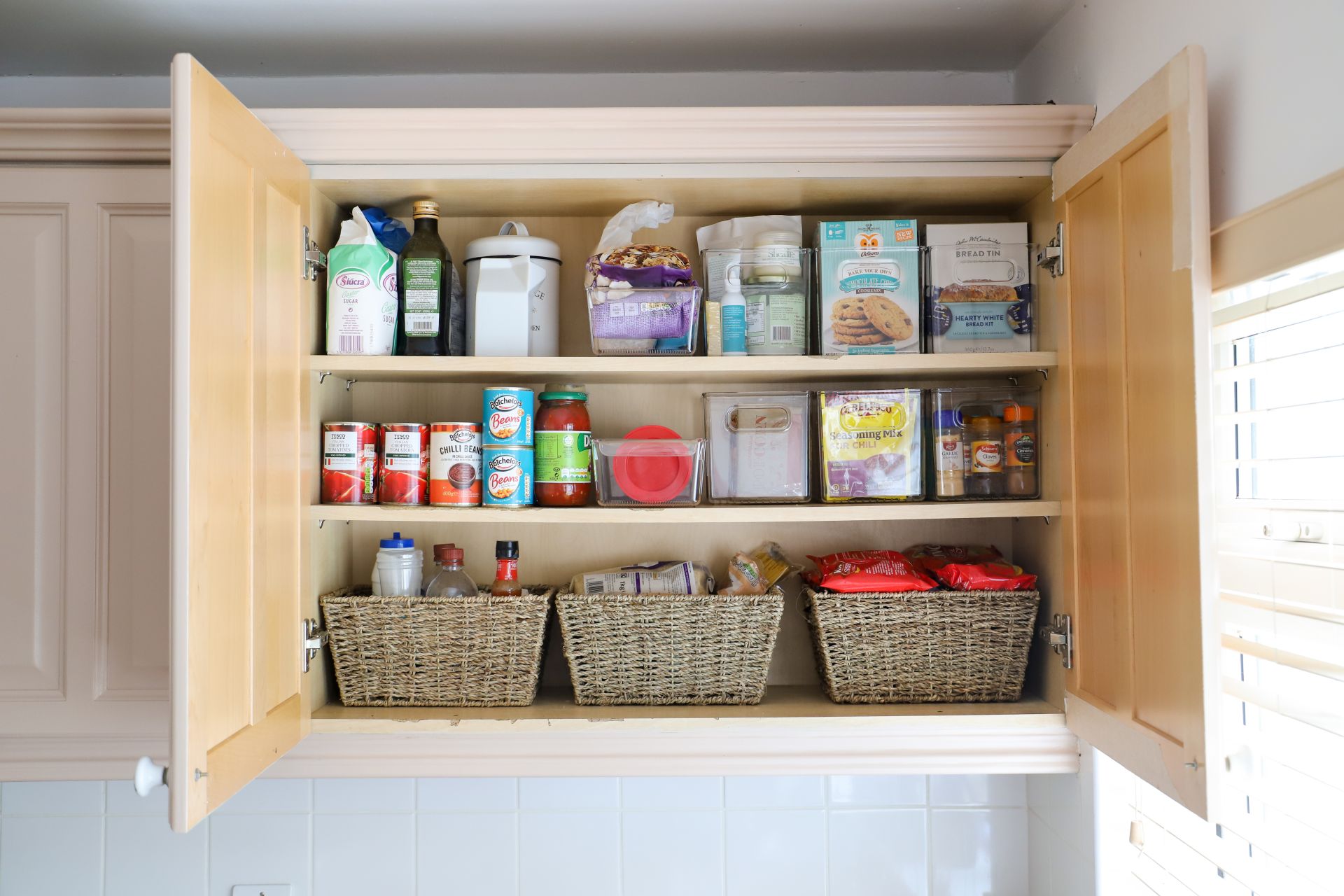

Articles
How To Store Food In Kitchen Cupboards
Modified: May 6, 2024
Discover efficient ways to store food in your kitchen cupboards with our expert articles. Maximize space and keep your pantry organized.
(Many of the links in this article redirect to a specific reviewed product. Your purchase of these products through affiliate links helps to generate commission for Storables.com, at no extra cost. Learn more)
Introduction
Welcome to the exciting world of kitchen cupboard organization! Having a well-organized pantry not only makes meal preparation a breeze but also helps to prevent food waste and save you money. Whether you have a small nook or a spacious walk-in pantry, the key to effective kitchen cupboard storage lies in thoughtful planning and the use of appropriate storage solutions.
In this article, we will guide you through the process of assessing your kitchen cupboards, organizing food categories, and implementing storage techniques to maximize space and maintain food freshness. So let’s dive in and transform your kitchen cupboards into an organized and efficient space!
Key Takeaways:
- Transform your kitchen cupboards into efficient, well-organized spaces by decluttering, categorizing, and utilizing storage solutions. Implement the FIFO method and preventive measures to maintain freshness and prevent pest infestations.
- Maximize space and accessibility in your kitchen cupboards with stackable containers, lazy Susans, and shelf organizers. Prioritize food freshness by monitoring expiration dates and properly sealing packaged items.
Read more: What Is Cupboard
Assessing Your Kitchen Cupboards
Before diving into the organizing process, it’s crucial to assess your kitchen cupboards and determine the available space. Take a good look at your cupboards and note down any damaged or unusable shelves or drawers that need to be replaced.
Next, consider what type of food items you typically store in your cupboards. Are you an avid baker with lots of baking supplies? Do you have a collection of spices and herbs? Are you a fan of canned goods? Understanding your specific needs will help you better plan and allocate space for different food categories.
Once you’ve assessed the space and your storage requirements, it’s time to declutter. Remove all items from your cupboards and thoroughly clean the shelves and drawers. As you go through your items, check for expired or spoiled food and discard them. This step is crucial in creating a clean and organized foundation for your kitchen cupboard storage.
Consider donating non-perishable items that are still usable but that you no longer need or won’t consume. This not only helps others in need but also frees up space in your cupboards.
Now that you have a clear picture of your kitchen cupboards and have decluttered, it’s time to move on to the next step: organizing food categories. This will make it easier for you to locate specific items and maintain a tidy and efficient cooking space.
Organizing Food Categories
When it comes to organizing your kitchen cupboards, categorizing your food items is essential. This allows for easier navigation and ensures you can quickly find the ingredients you need when preparing a meal. Here are some common food categories to consider:
- Dry Goods: Dry goods include items like rice, pasta, beans, grains, and cereal. These items can be stored in airtight containers to prevent moisture and maintain freshness. Use clear containers or labels to easily identify the contents.
- Canned and Jarred Items: Group canned foods, sauces, and condiments together. Consider using a can rack or stackable shelves to maximize space and keep the cans organized. Remember to check expiration dates regularly and rotate items accordingly.
- Spices and Herbs: Keep your herbs and spices in a designated area, such as a spice rack or drawer organizer. Organize them alphabetically or by cuisine to make finding the right flavor a breeze.
- Baking Supplies: If you enjoy baking, have a specific area for baking supplies like flour, sugar, baking powder, and baking soda. Use clear, airtight containers to keep these ingredients fresh and prevent pests.
- Snacks and Treats: If you have a stash of snacks or treats, designate a separate area for them. Consider using containers or bins to group smaller items together and make grabbing a quick snack easier.
These are just a few examples of food category groupings. Feel free to create additional categories based on your specific needs and pantry items. The key is to establish a system that makes sense to you and aligns with your cooking and eating habits.
Once you have determined your food categories, it’s time to move on to proper packaging and storage techniques for different types of food items.
Properly Packaging Dry Goods
When it comes to storing dry goods such as rice, pasta, beans, and cereal, proper packaging is crucial to maintain freshness and prevent pests from infiltrating your kitchen cupboards. Follow these tips to ensure your dry goods stay fresh:
- Use Airtight Containers: Transfer dry goods from their original packaging into airtight containers to extend their shelf life. Choose containers made of glass, plastic, or metal with tight-fitting lids to prevent moisture and air from getting in.
- Label and Date: Don’t forget to label your containers with the contents and the date of storage. This will help you keep track of freshness and easily identify the items you need.
- Consider Clear Containers: Clear containers or jars allow you to easily see the contents and monitor the quantity at a glance. This helps prevent overbuying and simplifies the meal planning process.
- Store in a Cool, Dry Place: Keep your dry goods away from heat, humidity, and direct sunlight. Find a cool and dry spot in your kitchen cupboards to store them.
- Organize by Shelf Life: Arrange your dry goods based on their shelf life. Keep older items in the front and newer ones in the back. This will help you utilize items before they expire and minimize food waste.
By properly packaging your dry goods, you can prolong their shelf life, maintain their quality, and keep your kitchen cupboards organized. Next, let’s explore the best storage practices for canned and jarred items.
Storing Canned and Jarred Items
Canned and jarred items are a staple in many kitchen cupboards. Whether it’s canned vegetables, sauces, or preserves, proper storage is essential to ensure their longevity. Here are some tips for storing canned and jarred items:
- Check for Damage: Before storing canned goods, check for any signs of damage or bulging cans. These could indicate spoilage or potential contamination, so it’s best to discard them.
- Group by Category: Group similar canned and jarred items together to make them easier to find. Consider using storage bins or racks for better organization.
- Utilize Can Racks or Stackable Shelves: Can racks or stackable shelves are great space-saving solutions for storing canned goods. They keep cans visible and easily accessible, even in deep cupboards.
- Rotate Stock: Practice the FIFO (First In, First Out) method to ensure that older canned items are used first. Place newly purchased cans at the back of the shelf, pushing the older ones towards the front for easy access.
- Consider Light Protection: Exposure to light can affect the quality of canned and jarred items, particularly those in clear glass containers. If possible, store them in a dark area of your kitchen cupboards to prolong their shelf life.
When it comes to jarred items like sauces, pickles, or jams, it’s important to check their expiration dates regularly. Once opened, store them in the refrigerator to maintain their freshness and prevent spoilage.
By following these storage tips, you can keep your canned and jarred items organized and extend their shelf life. Next, let’s explore ways to maximize space in your kitchen cupboards using stackable containers.
Read more: How To Store Cups In Cupboard
Maximizing Space with Stackable Containers
When it comes to optimizing space in your kitchen cupboards, stackable containers are your best friend. These versatile storage solutions help you utilize vertical space and create a more organized and efficient pantry. Here are some tips on maximizing space with stackable containers:
- Choose the Right Size: Select stackable containers that are appropriate for the items you plan to store. Consider different container sizes to accommodate various food items and maximize space utilization.
- Opt for Square or Rectangular Containers: Square or rectangular containers are more space-efficient than round ones. They allow you to utilize corner spaces and stack neatly, maximizing the vertical space in your cupboards.
- Utilize Lids: Many stackable containers come with lids, which not only keep your food fresh but also allow you to stack containers securely. Make sure the lids are tight-fitting to prevent any spills or leaks.
- Consider Transparent Containers: Transparent containers allow you to easily see the contents without having to open them, saving you time and effort. This is especially handy for ingredients that you use regularly.
- Organize Similar Items: Group similar items together in stackable containers to create a more organized cupboard. For example, store different types of pasta in one container and various types of baking supplies in another.
- Utilize Shelf Risers: Shelf risers are great for creating additional levels within your cupboards. These adjustable shelves provide more vertical space, allowing you to stack containers and maximize storage capacity.
By incorporating stackable containers into your pantry organization, you can not only save space but also keep your food items easily accessible and well-organized. Next, let’s explore the use of lazy Susans or turntables for efficient storage.
Store dry goods like rice, pasta, and cereal in airtight containers to keep them fresh and prevent pests. Group similar items together for easy access.
Utilizing Lazy Susans or Turntables
If you’re looking for a convenient and efficient way to access items in your kitchen cupboards, consider incorporating lazy Susans or turntables into your storage system. These rotating platforms allow you to easily reach items stored at the back of your cupboards without the need for rummaging or rearranging. Here’s how you can utilize lazy Susans or turntables:
- Select Appropriate Sizes: Choose lazy Susans or turntables that fit the dimensions of your cupboards. Consider both the diameter of the platform and the height clearance in your cupboards.
- Categorize Items: Organize similar items on each lazy Susan or turntable. For example, you can group spices and condiments on one, and baking supplies on another. This makes it easier to locate and access specific items when needed.
- Secure Containers: To prevent containers from sliding off, consider using non-slip liners or adhesive grips on the platforms. This ensures that your items stay in place, even when rotating the lazy Susan or turntable.
- Utilize Multiple Levels: If you have deep cupboards, consider using multiple lazy Susans or turntables on different tiers. This maximizes your storage capacity and prevents items from being hidden at the back of the cupboards.
- Consider Accessibility: If you have specific items that you use frequently, place them on the front of the lazy Susan or turntable for easy access. Reserve the back section for items that are used less frequently.
- Keep it Balanced: When loading items onto a lazy Susan or turntable, distribute the weight evenly to maintain balance and prevent the platform from tipping over. This ensures a safe and efficient storage solution.
Lazy Susans or turntables are incredibly versatile and can be used in various cupboards, including corner cabinets, upper cabinets, and deep shelves. By utilizing these rotating platforms, you can maximize space and improve accessibility in your kitchen cupboards.
Next, let’s explore the use of shelf organizers to further enhance your cupboard organization.
Using Shelf Organizers
Shelf organizers are fantastic tools for creating additional storage space and maintaining a tidy kitchen cupboard. These organizers help maximize vertical space by creating multiple levels within your shelves. Here are some ways to use shelf organizers effectively:
- Select the Right Size: Choose shelf organizers that fit the dimensions of your cupboards. Measure your shelves beforehand to ensure a proper fit.
- Adjustable Options: Look for shelf organizers that are adjustable, allowing you to customize the height based on the items you plan to store. This flexibility ensures that you can accommodate different sizes of containers and maximize storage space.
- Group Similar Items: Use shelf organizers to group similar items together. For example, place baking ingredients and supplies on one shelf and place canned goods on another. This not only keeps your cupboards organized but also makes it easier to find what you need.
- Utilize Multiple Organizers: If you have tall cupboards, consider stacking multiple shelf organizers on top of each other. This creates additional levels and allows you to make use of the vertical space effectively.
- Utilize Vertical Dividers: Some shelf organizers come with built-in dividers to further segment the space. These dividers can be useful for storing items like cutting boards, baking sheets, or trays, keeping them upright and easily accessible.
- Consider Wire or Mesh Organizers: Wire or mesh shelf organizers are great for maximizing airflow and visibility. They allow you to see the contents of the lower shelves and prevent stacking items from becoming too heavy or unstable.
By incorporating shelf organizers into your kitchen cupboards, you can create additional levels of storage space and optimize vertical storage. This, in turn, helps you maintain a more organized and efficient cooking area.
Next, let’s explore the importance of implementing the FIFO (First In, First Out) method in your kitchen cupboard storage.
Implementing FIFO (First In, First Out) Method
The FIFO (First In, First Out) method is a crucial principle to follow when organizing your kitchen cupboards. It ensures that you use the oldest items first, minimizing food waste and maintaining freshness. Here are some tips for implementing the FIFO method:
- Arrange Items Strategically: When placing new items in your cupboards, make sure to position them behind older ones. This way, you will naturally reach for the older items first, keeping them from expiring before use.
- Regularly Check Expiration Dates: Take the time to regularly check the expiration dates of your pantry items. When you notice an item nearing its expiration date, move it to the front of the shelf and prioritize its use.
- Rotate Stock: As you bring in new groceries, take a moment to shift older items to the front. This ensures that you consistently use the items with the closest expiration dates and avoid letting them go to waste.
- Maintain Order: Keep your cupboards organized and uncluttered. A well-organized pantry allows you to easily see what items you have and prevents items from getting lost or forgotten at the back of the shelves.
- Consider Using Labels: Labeling your pantry items with the purchase or expiration dates can help you easily identify the order in which items need to be used. You can use adhesive labels or a marker to write directly on the packaging.
By implementing the FIFO method, you can ensure that your kitchen cupboards are efficiently utilized and that you minimize food waste. This not only saves you money but also ensures that you’re using ingredients at their freshest state.
Next, let’s explore some strategies to prevent pest infestation in your kitchen cupboards.
Preventing Pest Infestation
Pest infestations can wreak havoc on your kitchen cupboards, contaminating your food and causing damage to your pantry items. To keep unwanted pests at bay, here are some preventive measures you can take:
- Store Food in Airtight Containers: Transfer your dry goods, such as flour, rice, and cereals, into airtight containers. This prevents pests like ants, weevils, and rodents from accessing your food.
- Inspect Grocery Packages: Before bringing groceries into your home, inspect the packaging for any signs of pests. Look for holes, chew marks, or webbing indicating the presence of pests. Discard any compromised items immediately.
- Regularly Clean Cupboards: Clean your kitchen cupboards regularly to remove any spills, crumbs, or residue that can attract pests. Vacuum and wipe down the shelves and corners, paying special attention to cracks and crevices.
- Empty and Clean Containers: When emptying food containers, give them a thorough cleaning before refilling them. This eliminates any remnants that may attract pests and ensures a clean storage environment.
- Dispose of Trash Properly: Dispose of food waste in a sealed trash can outside of your home. Regularly empty the trash to prevent odors that may attract pests.
- Inspect Incoming Items: Inspect new items, especially cardboard boxes, for signs of pests before bringing them into your kitchen. Pests can hitch a ride on packaging materials, so exercise caution when introducing new items into your cupboards.
- Use Natural Remedies: Consider using natural pest deterrents like bay leaves, cinnamon sticks, or dried citrus peels in your cupboards. These natural scents repel pests and can help keep them away from your food.
By implementing these preventive measures, you can significantly reduce the risk of pest infestations in your kitchen cupboards. Regular maintenance and vigilance are key to ensuring a clean and pest-free pantry.
Next, let’s explore some tips for maintaining food freshness in your kitchen cupboards.
Tips for Maintaining Food Freshness
Keeping your food fresh is essential for both taste and safety. By following these tips, you can ensure that your kitchen cupboards are filled with fresh and high-quality ingredients:
- Monitor Expiration Dates: Regularly check the expiration dates of your pantry items and prioritize using those that are closest to expiration. This ensures that you consume them before they lose their freshness.
- Keep Herbs and Spices Fresh: Store herbs and spices in airtight containers away from heat and sunlight. This helps preserve their flavor and potency for a longer period. Consider using spice jars with tight lids or spice racks with proper seals.
- Properly Seal Packaged Items: For partially used packages or items with resealable packaging, ensure that they are properly sealed to maintain freshness. Use twist ties, clips, or sealing bags to prevent air and moisture from entering.
- Rotate Stock: As you add new items to your kitchen cupboards, bring older ones to the front for use. This ensures that you consume older items before they expire and reduces the likelihood of wasted or spoiled food.
- Utilize Vacuum Sealers: For preserving dry goods, consider investing in a vacuum sealer. These machines remove air from the packaging, extending the shelf life of items like coffee beans, nuts, and snacks.
- Store Nut Oils and Seeds Properly: Oils derived from nuts can turn rancid quickly. Store them in the refrigerator to extend their freshness. Similarly, keep seeds like flaxseeds and chia seeds in the fridge to prevent them from going rancid.
- Keep Medicinal and Herbal Teas Fresh: To maintain the flavor and potency of medicinal or herbal teas, store them in airtight containers away from light, moisture, and strong odors. This helps prevent degradation of their beneficial properties.
- Consider Temperature and Humidity: Certain foods, like potatoes and onions, are sensitive to temperature and humidity. Keep them in cool, dark, and well-ventilated areas to prolong their shelf life.
- Properly Store Nuts: Nuts can go rancid if not stored correctly. Keep them in airtight containers in the refrigerator or freezer to maintain their freshness and extend their shelf life.
By following these tips, you can extend the shelf life of your pantry items and ensure that the food in your kitchen cupboards remains fresh and flavorful. Regularly assess your stock and make adjustments to avoid waste and maintain optimal quality.
Now that you’re equipped with knowledge on kitchen cupboard organization, storage techniques, and maintaining food freshness, it’s time to transform your cupboards into well-organized and efficient spaces. Happy organizing!
Conclusion
Organizing your kitchen cupboards is not only about creating a visually appealing space but also about optimizing efficiency, preventing food waste, and maintaining the freshness of your ingredients. By following the tips and techniques outlined in this article, you can transform your cupboards into well-organized and functional spaces that make meal preparation a breeze.
Start by assessing your kitchen cupboards, decluttering, and categorizing your food items. Properly package dry goods in airtight containers and store canned and jarred items strategically. Make use of stackable containers, lazy Susans or turntables, and shelf organizers to maximize space and improve accessibility.
Implementing the FIFO method ensures that you use older items first, reducing waste and maintaining freshness. Take precautions to prevent pest infestations by storing food in airtight containers, regularly cleaning your cupboards, and disposing of trash properly.
Remember to follow the tips for maintaining food freshness, such as monitoring expiration dates, properly sealing packaged items, and considering temperature and humidity for sensitive foods. By implementing these guidelines, you can extend the shelf life of your pantry items and enjoy fresh and flavorful ingredients.
In conclusion, an organized kitchen cupboard not only provides ease and convenience in your daily cooking routine but also helps save time and money by reducing food waste. So, roll up your sleeves, put these tips into action, and transform your kitchen cupboards into a well-maintained and efficient space that enhances your culinary adventures.
Feeling cramped in your cooking space? Our guide on kitchen organization offers clever strategies to declutter even the most compact areas. Once you've set up your pantry, maintaining its tidiness becomes a breeze with our recommended food storage solutions. These insights help prevent spoilage and streamline your kitchen setup, ensuring everything is right where you need it, when you need it. Ready to transform your kitchen into a model of efficiency? Dive into our articles for all the savvy tips you need.
Frequently Asked Questions about How To Store Food In Kitchen Cupboards
Was this page helpful?
At Storables.com, we guarantee accurate and reliable information. Our content, validated by Expert Board Contributors, is crafted following stringent Editorial Policies. We're committed to providing you with well-researched, expert-backed insights for all your informational needs.
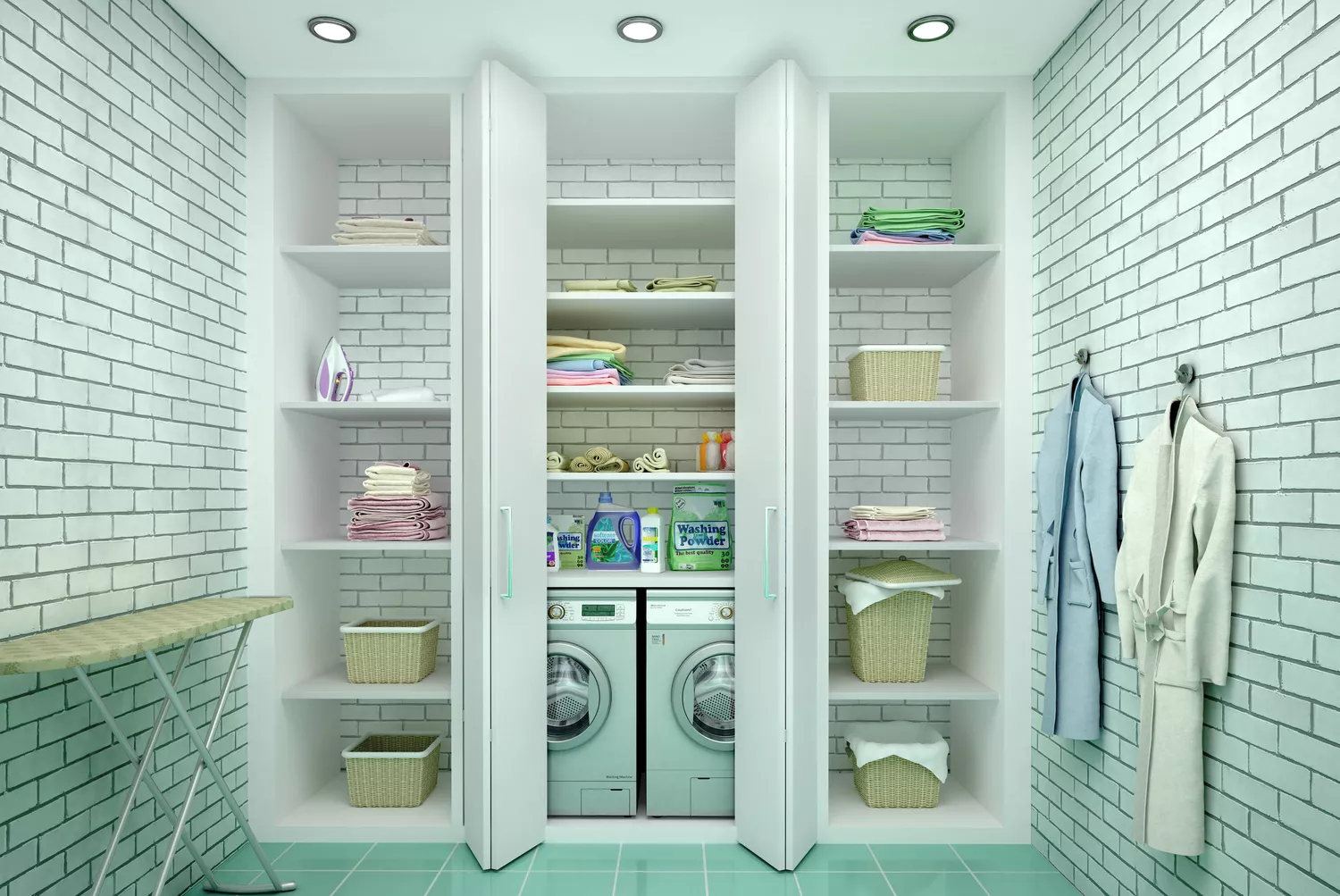
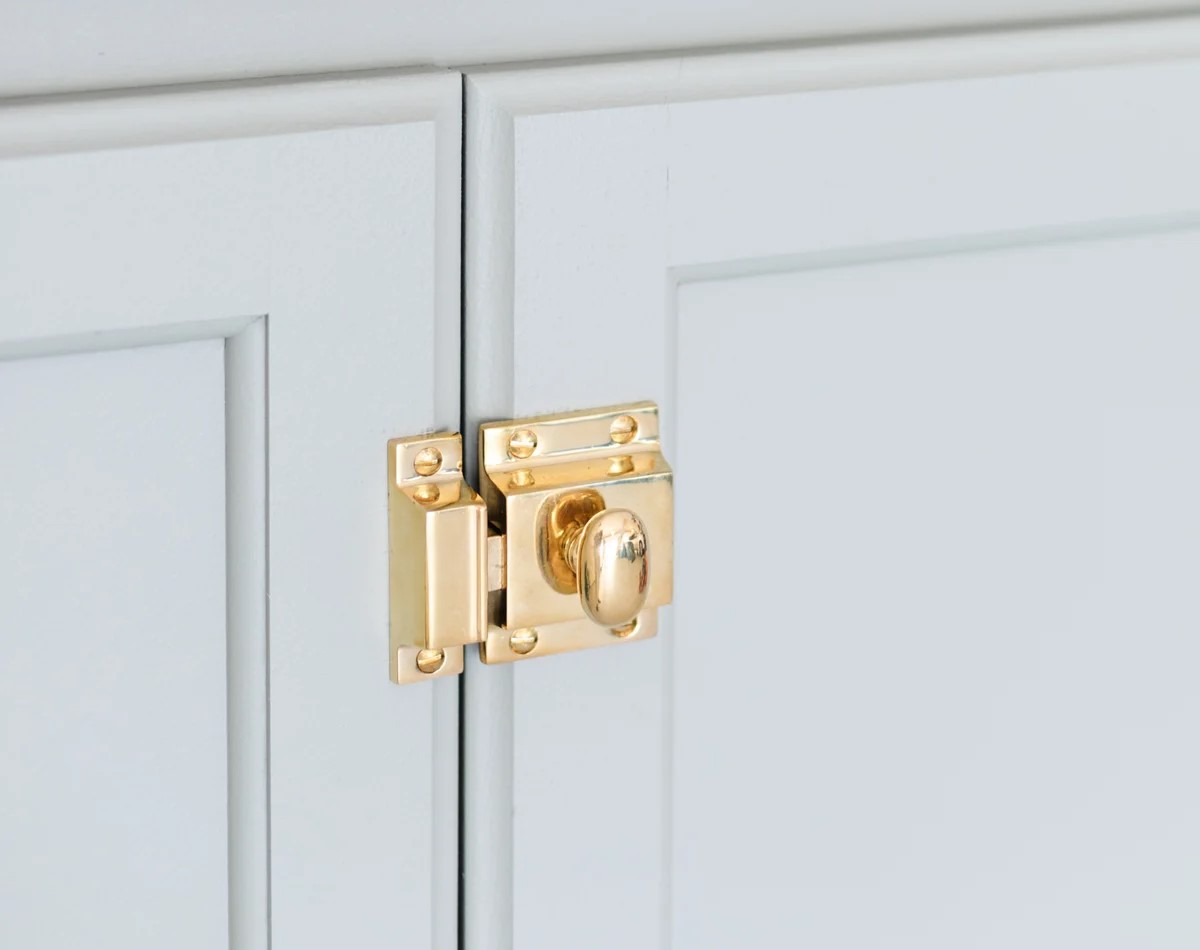
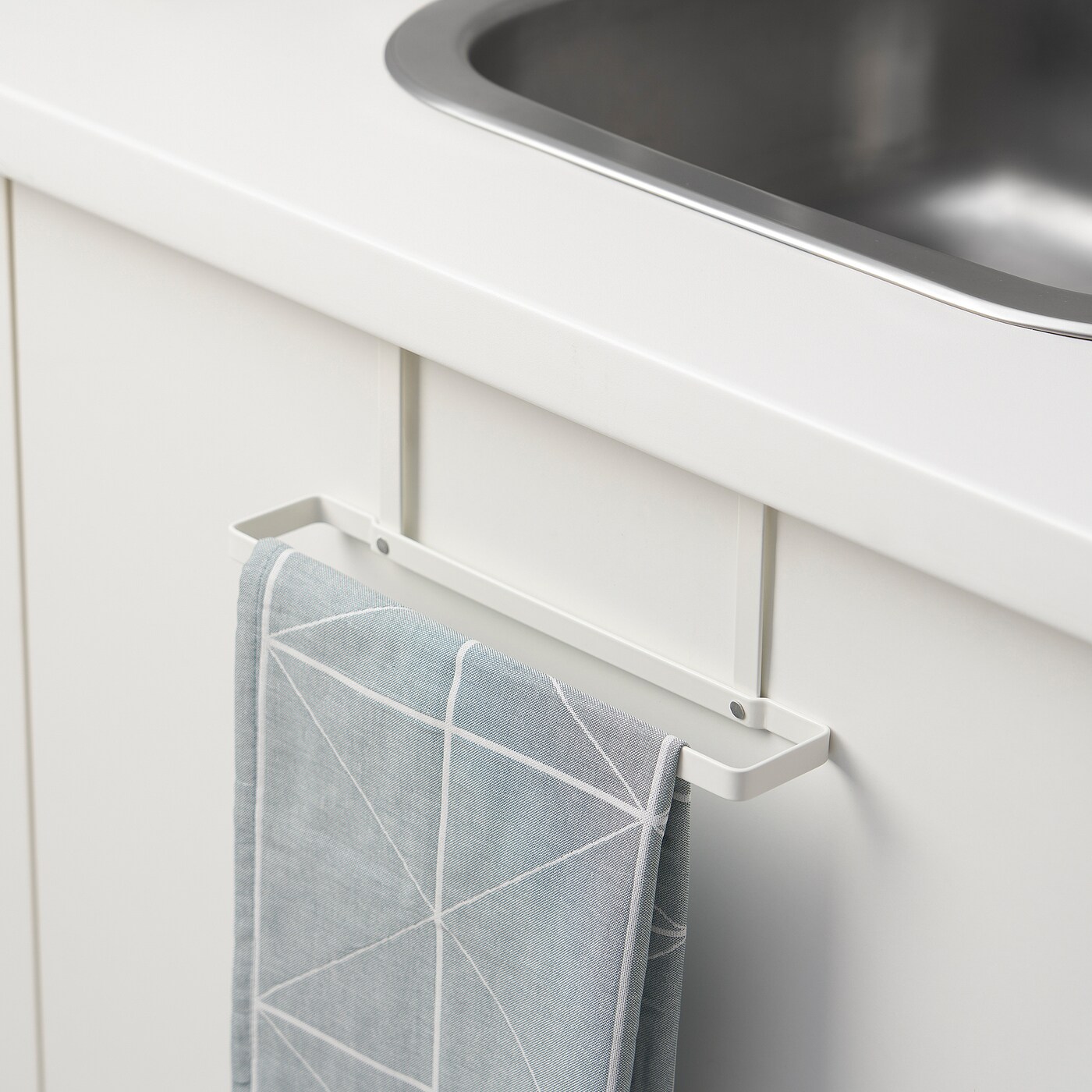
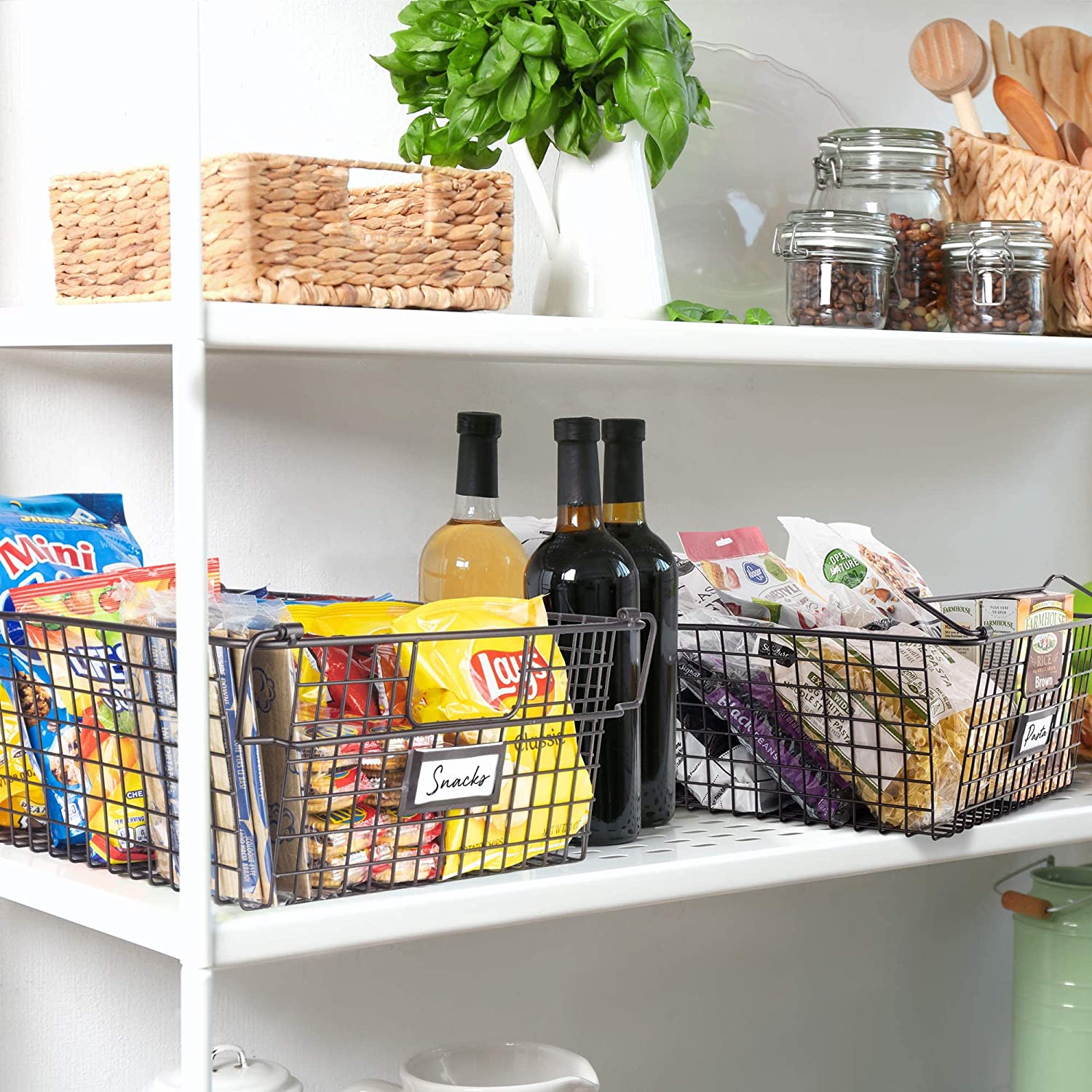

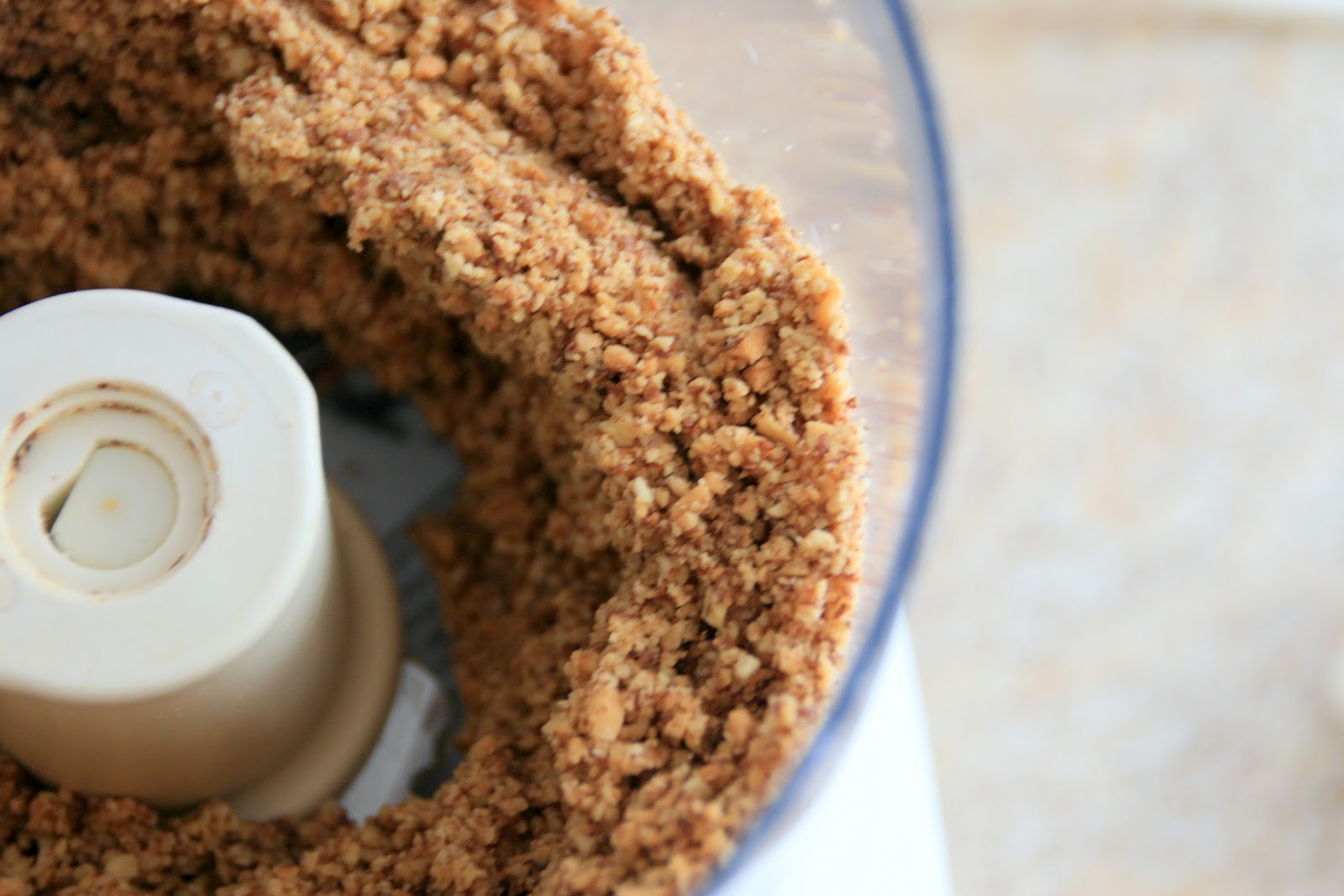
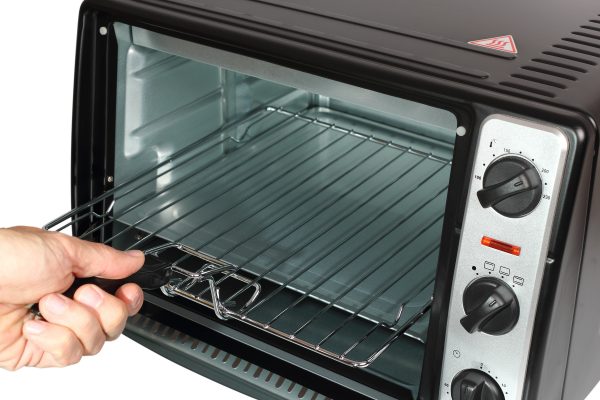
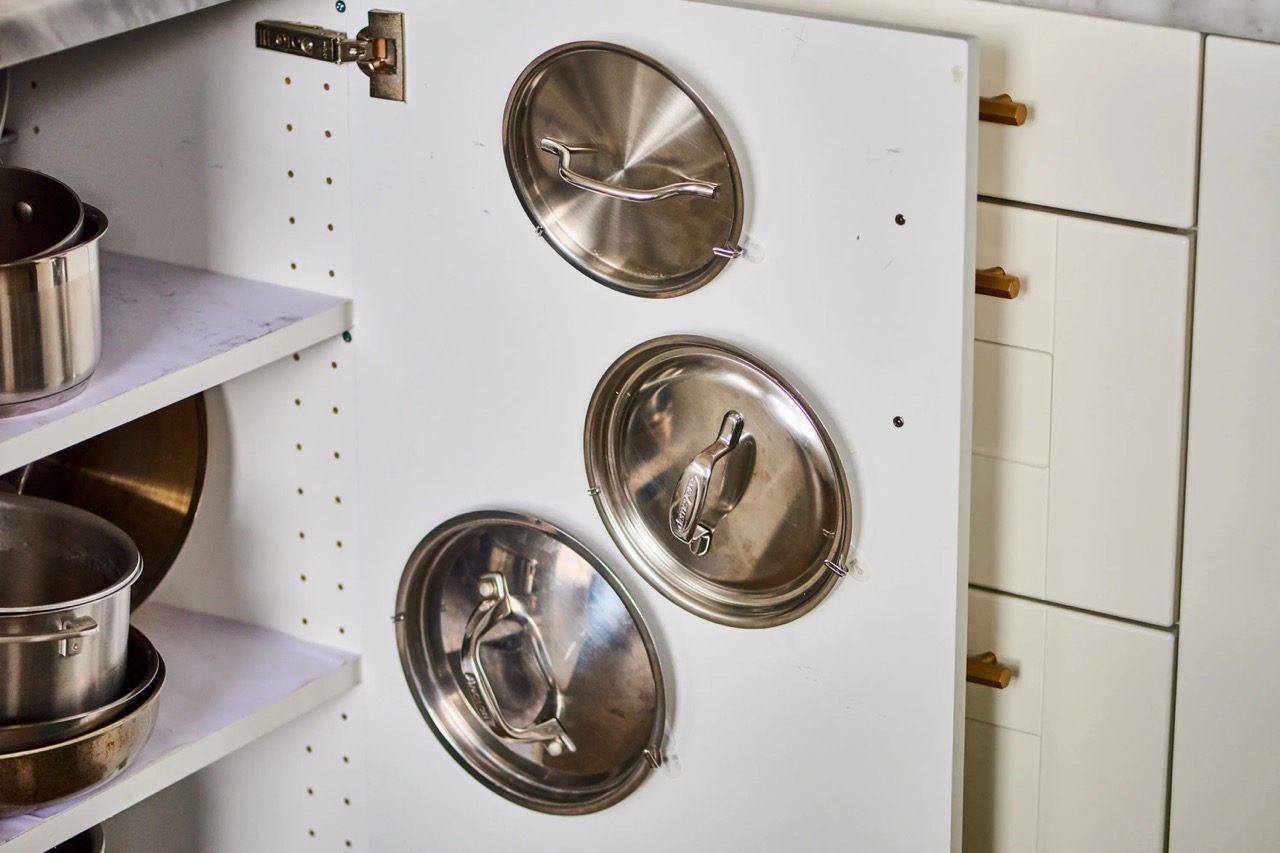
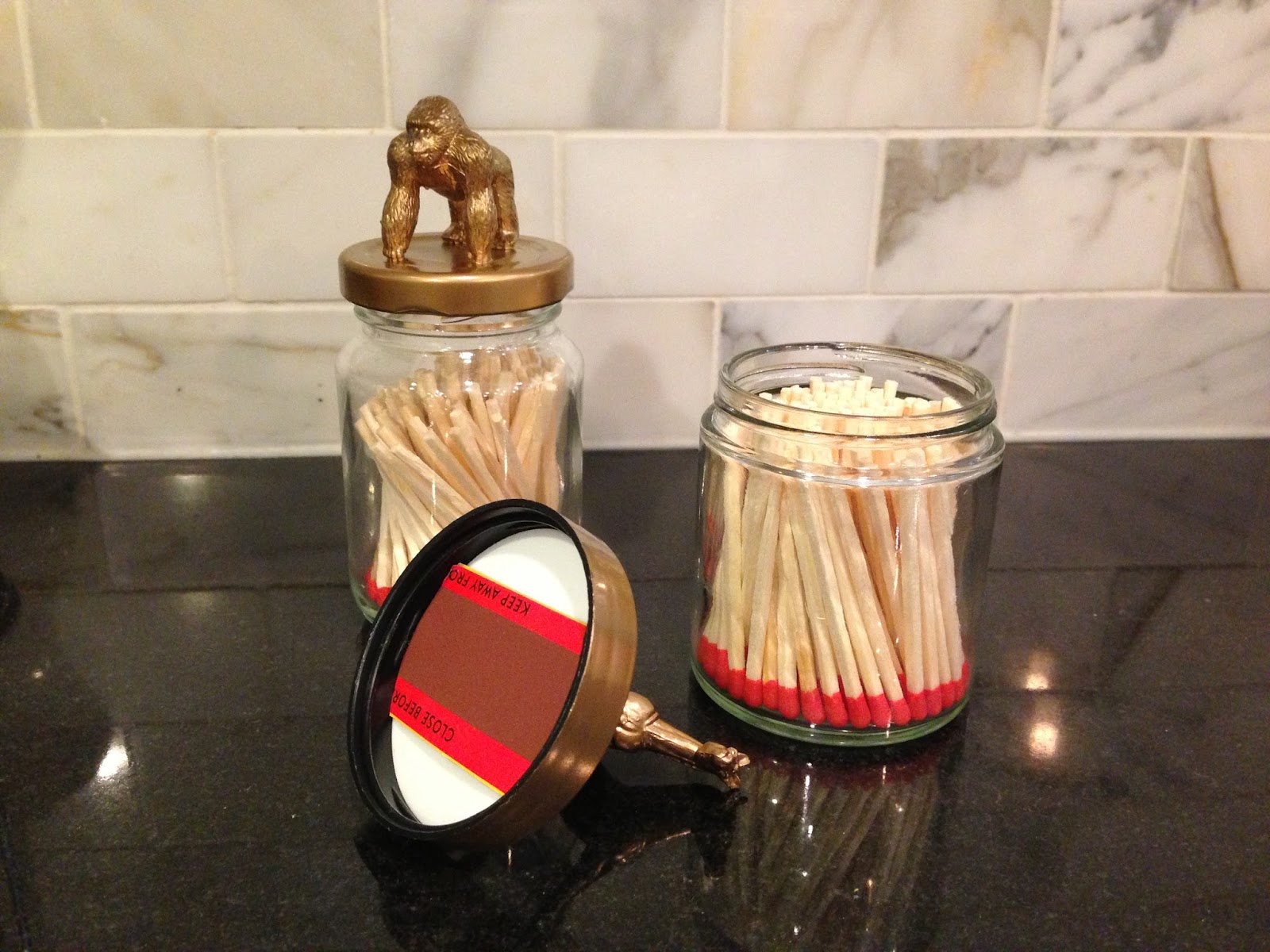
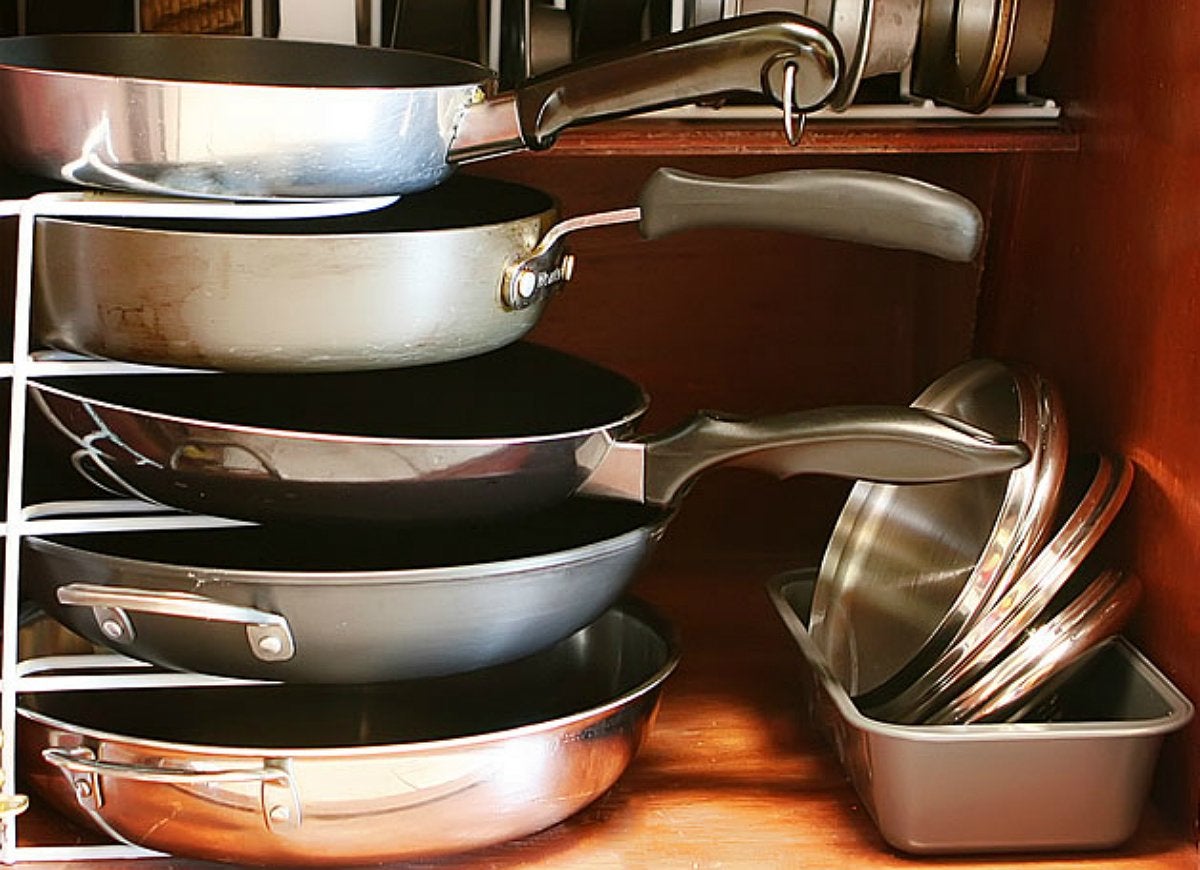

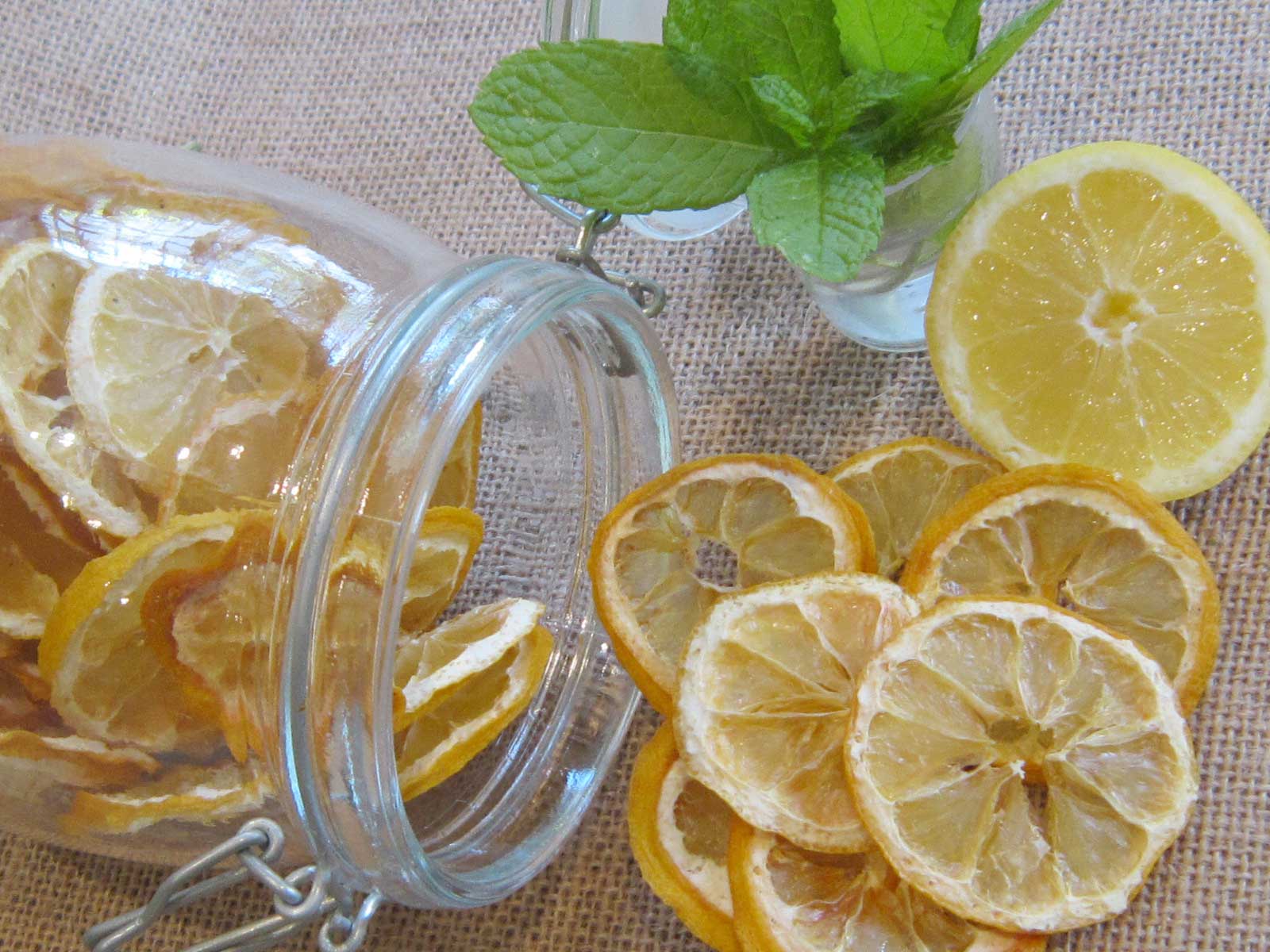
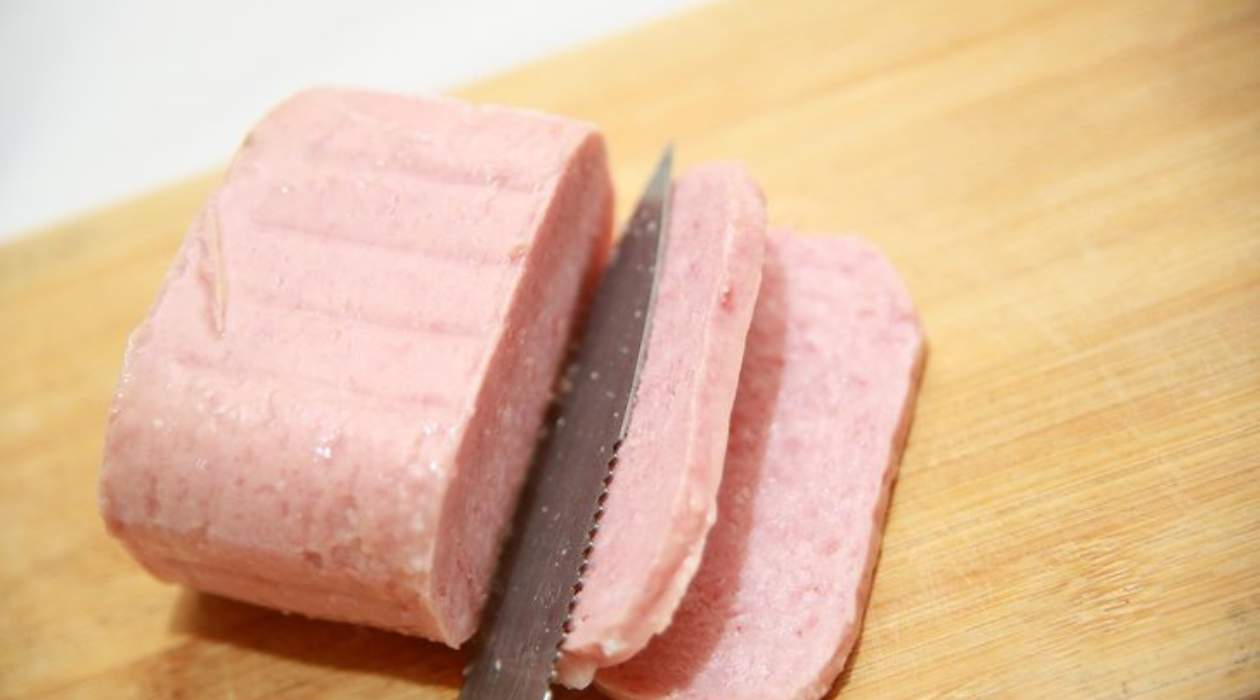

0 thoughts on “How To Store Food In Kitchen Cupboards”